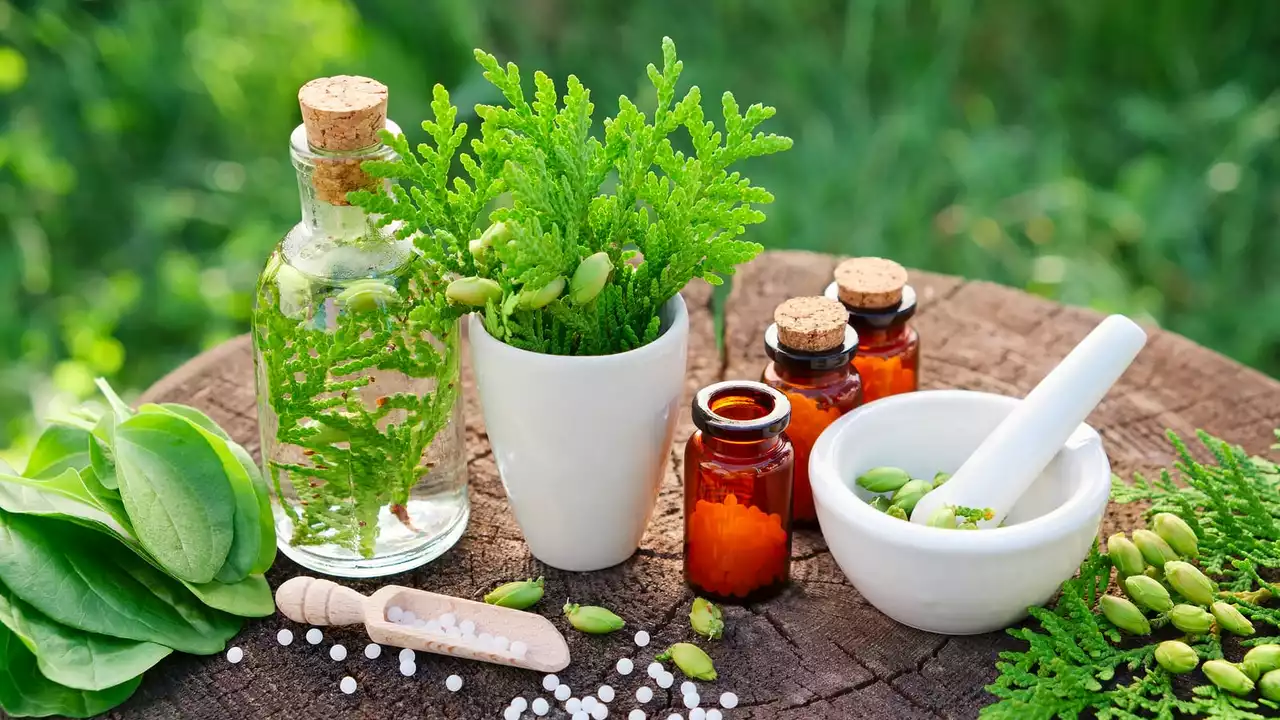In my latest blog post, I delve into the benefits of Sweet Sumach, a plant-based supplement that's making waves for its health-promoting properties. This vibrant plant is packed with antioxidants, aids digestion, and can even help control diabetes. Not only does it enhance your meals with its tangy flavor, but it also plays a significant role in boosting your overall health. If you're looking for a natural way to enrich your diet, Sweet Sumach might just be your new best friend. Trust me, your body will love it!
Plant-Based Supplement Guide: How to Choose Safe, Effective Options
Natural doesn’t always mean safe. Plant-based supplements can help sleep, digestion, hormones, and breathing — but some interact with medicines, have weak evidence, or are low-quality. Learn quick, practical checks so you buy what actually works and avoid common traps.
How to pick a safe supplement
Start with the label. Look for the botanical (Latin) name — that tells you exactly what plant you’re getting. Prefer products that list the active compound and amount (for example, “valerenic acids 0.8%”). “Standardized extract” means the maker tested for the active ingredient; that’s good. Avoid vague “proprietary blends” that hide doses.
Check for third-party testing or a Certificate of Analysis (COA). Trusted seals like USP or NSF help, but many good makers post COAs on their site. The COA shows batch-level testing for contaminants (heavy metals, microbes) and confirms potency.
Pay attention to manufacturing details: batch number, manufacture date, and expiry. If those are missing or the label is messy, walk away. Also prefer simple ingredient lists — long, hard-to-read lists often hide fillers and cheap excipients.
Common supplements, risks, and buying tips
Some plant-based options worth knowing: Valerian (used for sleep) can cause sedation and should not be mixed with prescription sleeping pills or alcohol. Cup plant is an emerging supplement with nutrient claims — verify the extract and avoid unproven blends. Calcium D-glucarate supports detox pathways and hormone balance, but tell your clinician if you’re on hormone therapy. Herbal bronchodilators like ivy leaf are used for coughs; ephedra carries real heart and blood pressure risks and is restricted or banned in many places.
Herbs often interact with drugs. St. John’s wort speeds up liver enzymes and can make many medicines less effective. Some herbs thin the blood and increase bleeding risk with anticoagulants. If you take meds for heart disease, diabetes, epilepsy, or mental health, check with a pharmacist before starting an herb.
Practical buying checklist:
- Botanical name and active amount listed.
- Standardized extract or clear potency claim.
- Third-party testing or COA available.
- Clear batch, manufacture date, and expiry.
- No outrageous claims like “cures” or “overnight” results.
Start low and track effects. Try the lowest recommended dose for a set period (often 2–8 weeks) and note sleep, mood, digestion, or side effects in a quick log. Stop and seek help if you get rash, dizziness, fast heartbeat, or other worrying signs.
Buy from reputable pharmacies or sellers that provide product details and testing. Bring supplement labels to your doctor or pharmacist — they can quickly check interactions and offer practical advice. Use these steps and plant-based supplements can be helpful when chosen and used smartly.

